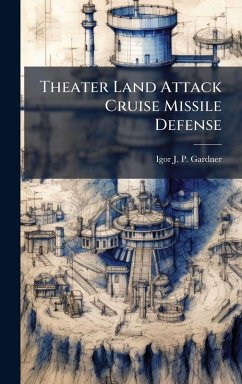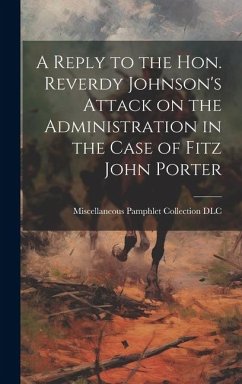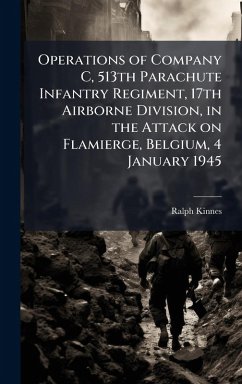
The Direct Attack on Direct Attack
Versandkostenfrei!
Versandfertig in über 4 Wochen
25,99 €
inkl. MwSt.
Weitere Ausgaben:

PAYBACK Punkte
13 °P sammeln!
Several airpower experts in the Air Force, and Navy, have argued for the creation of a third counterland mission, termed "Direct Attack" (DA). This mission would reflect lessons from Operations ALLIED FORCE (OAF), ENDURING FREEDOM (OEF), and IRAQI FREEDOM (OIF) and articulate airpower's capability to operate "as a scheme of maneuver against enemy military forces, irrespective of the presence of friendly surface forces." To date the USAF has rejected the proposal for DA, choosing instead to broaden the definition of air interdiction (AI). This paper contends that broadening the definition of AI...
Several airpower experts in the Air Force, and Navy, have argued for the creation of a third counterland mission, termed "Direct Attack" (DA). This mission would reflect lessons from Operations ALLIED FORCE (OAF), ENDURING FREEDOM (OEF), and IRAQI FREEDOM (OIF) and articulate airpower's capability to operate "as a scheme of maneuver against enemy military forces, irrespective of the presence of friendly surface forces." To date the USAF has rejected the proposal for DA, choosing instead to broaden the definition of air interdiction (AI). This paper contends that broadening the definition of AI better serves the USAF than creating DA. Interviews with officers from the Air Force Doctrine Center and secondary sources (e.g. RAND reports, SAASS papers, books) reveal four arguments against creating DA: 1) USAF senior leadership concern that DA does not foster "jointness"; 2) airpower's inherent capability as a maneuver element and the move toward effects-based operations (EBO) do not necessitate the new mission; 3) DA will not solve the difficult issue of placement of the fire support coordination line (FSCL) and inhibits flexibility on a dynamic battlefield; and 4) from the aircrew's perspective DA does not differ from AI, and does not warrant a new doctrinal mission for training. The paper offers recommendations to address doctrinal deficiencies. These include the need for better definitions of supported and supporting relationships for air interdiction, improved command and control networks for the combined air operations center, and development of effects-based basic doctrine mission descriptions. This work has been selected by scholars as being culturally important, and is part of the knowledge base of civilization as we know it. This work was reproduced from the original artifact, and remains as true to the original work as possible. Therefore, you will see the original copyright references, library stamps (as most of these works have been housed in our most important libraries around the world), and other notations in the work. This work is in the public domain in the United States of America, and possibly other nations. Within the United States, you may freely copy and distribute this work, as no entity (individual or corporate) has a copyright on the body of the work. As a reproduction of a historical artifact, this work may contain missing or blurred pages, poor pictures, errant marks, etc. Scholars believe, and we concur, that this work is important enough to be preserved, reproduced, and made generally available to the public. We appreciate your support of the preservation process, and thank you for being an important part of keeping this knowledge alive and relevant.












